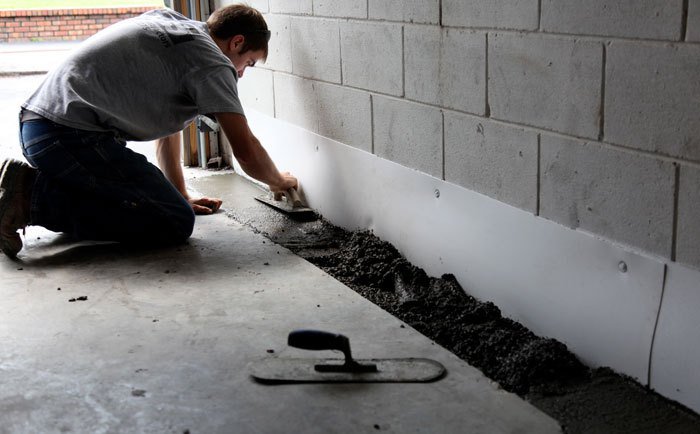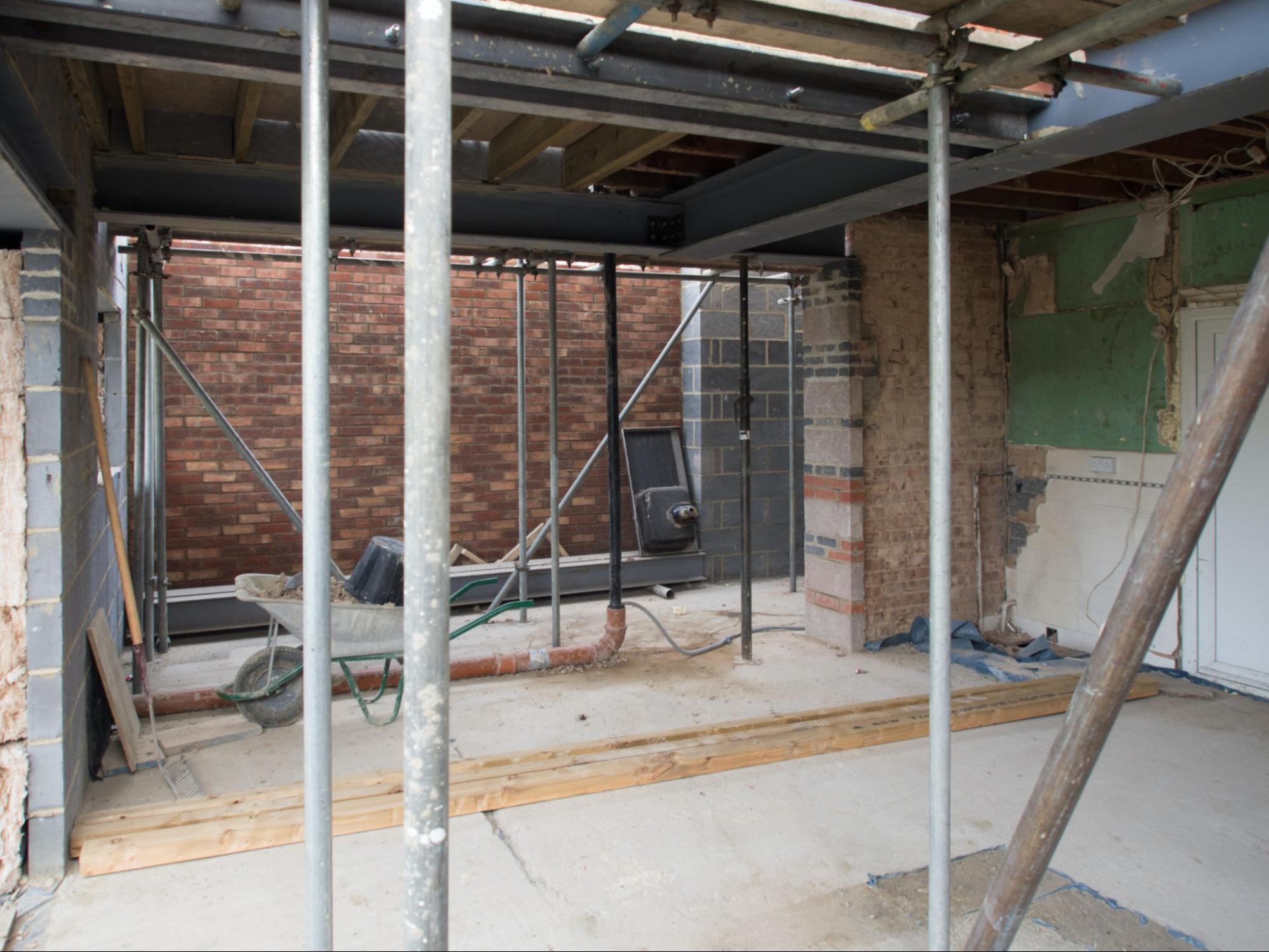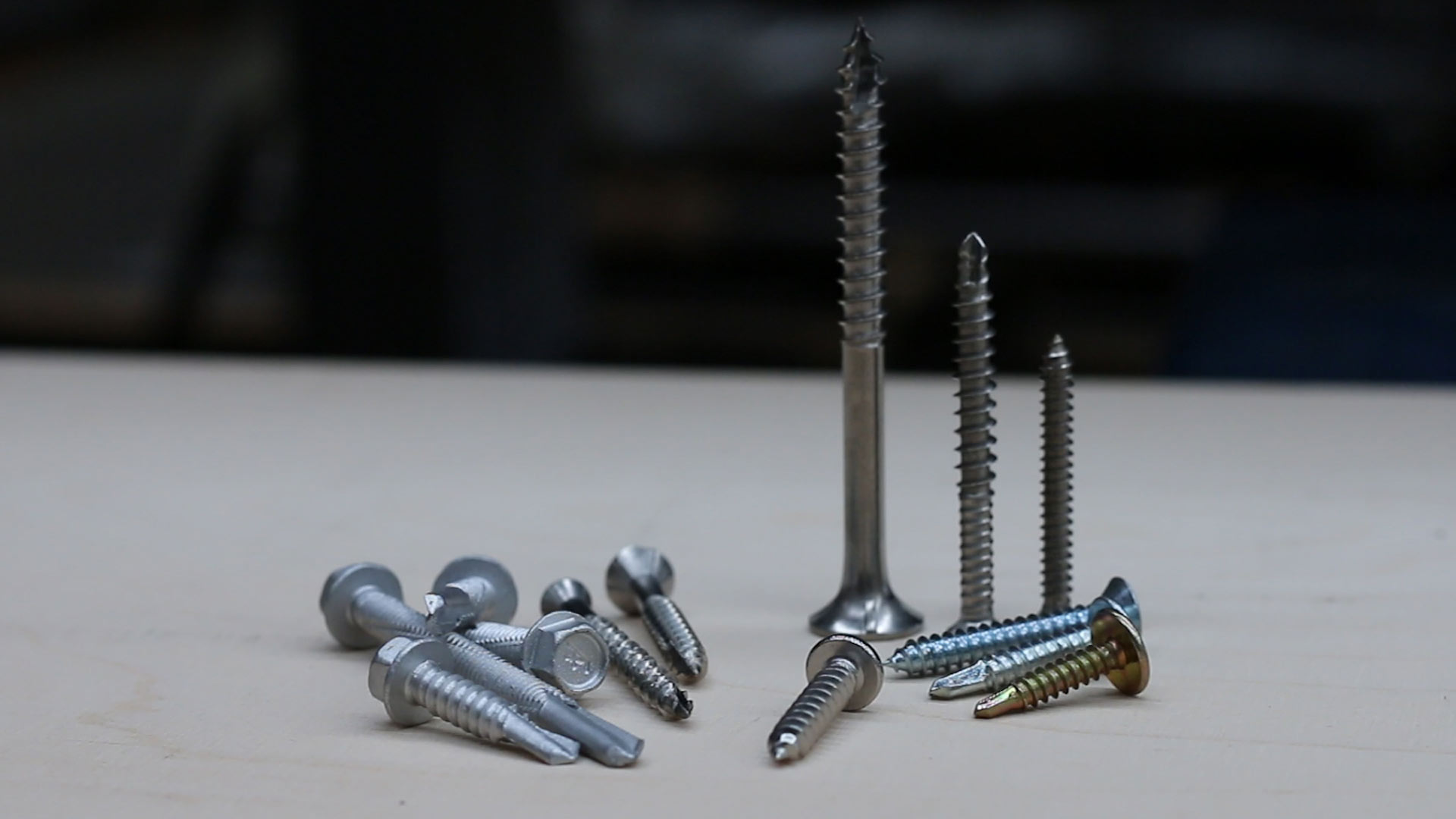There is no going around it – homes, both new and old, are liable to all kinds of house problems. From improper electrical wiring to severe foundation issues, homeowners often feel helpless when it comes to finding a solution and engaging in a home improvement project.
For example, wet basements are very common and can easily lead to additional problems on the property if not fixed on time. They develop as a result of rainfall, melting snow, groundwater, exterior humid air and even from interior moisture sources, all of which are accompanied by an unpleasant odor, mold and mildew.
Fortunately, basement waterproofing is possible and usually requires the expertise of a reliable contractor who is trained to identify the sources of the problem and find a suitable solution for it.
While you are doing your research for a trusted professional, learn about the five common repairs that can stop the leaks in your basement.
Check your gutters
The main purpose of gutters is to capture rainwater and convey it to downspouts. If there are no gutters or the ones you have are clogged with leaves and other organic matter, there is a great possibility that the water will be directed towards your foundation. If water accumulates around the foundation, it can easily make its way into your basement.
Therefore, checking to see whether your gutters are functioning properly is the first step to prevent wet basements. If it is necessary, you can even consider adding an underground extension of the downspouts that leads to a drainage ditch to stop further leaks.
Waterproof exterior walls
In addition to installing an interior drainage system to get water out, you also need an exterior system that usually consists of a French drain to relieve hydrostatic pressure and exterior waterproofing to protect your foundation.
Although this is a rather complex job to do because it requires excavating around the house, it is often regarded as the best solution especially if your foundation has lots of gaps.
Also, if you have plaster on the exterior walls, you can further protect it from moisture ingress by adding a waterproofing admixture to it and eliminate potential water infiltration problems.
Patch cracks in the foundation
Before you start waterproofing your exterior walls, it is crucial that you bring them in good condition first by using a good-quality filler to repair any cracks and patch holes. It is through these holes that water often finds its way into the basement or in some cases it is even the cause of the cracks themselves.
One of the most commonly used filler options for larger cracks is latex concrete caulk. It is effective because it feels the crack spaces and expands during extreme changes in weather.
Other great fillers are hydraulic cement, silicone and polyurethane.
Inspect the landscape grade
When homes are constructed, the areas around the foundation are usually filled with loose soil which can compress over time, creating a slope that angles downward toward the foundation. This can easily lead to water draining toward the house and polling against the foundation, wetting the basement.
Therefore, doing an inspection of the landscape grade every now and then is recommended to make sure the ground slopes away from the foundation and your basement walls. If it doesn’t, then build up the dirt around your foundation by creating a slope aiming away from your house.

Reduce condensation levels
Condensation is a very common issue for wet basements which occurs when warm air comes in contact with your cool basement walls and floor and creates moisture as it cools down. The good thing about this problem is that you have a few options on how to resolve it which are actually very easy to do and don’t cost as much.
For example, you can increase air circulation by installing a conditioning vent. You just need to make sure the vents are open at all times to keep air flowing.
Another solution to reduce condensation levels is to insulate your basement.
Final thoughts
Wet basements are a common issue in both new and old households. They can occur for a variety of reasons which is why it is important that homeowners identify the warning signs early on in order to prevent further damages to their homes.
Although most basement waterproofing solutions require the help of professionals, you should also get familiar with the various repair methods that help stop leaks in this part of your property.
For more information about them, refer back to our post and learn about how you can fix your wet basement.






